Traditional 645 film Medium Format differs in size from modern Digital Medium Format sensor sizes. Traditional Medium Format began with 645 (6×4.5: 56mm x 41.5mm or 2 ¼”x 1 ⅝”) and increased in size all the way up to 4×5 Large Format (4”x5” or 102mm x 127mm). Just as with Medium Format film sizes, digital sensors vary in size as well and is dependent on many factors including sensor design and manufacturing, camera body, projected use, professional customer demand, future camera line, etc.
Traditional Medium Format meant better quality. Creating a print from a larger negative meant enlarging it less, yielding sharper results, with greater color depth and dynamic range. Digital Medium Format also yields a higher quality than full-frame; the sensor pixels are larger, letting in more light, and providing finer detail. Also enlarging provides better results as well. These are general qualities and the precise results will vary by manufacturer of the sensor and the ability to process the image in camera and with on-board camera software, using a format that can still be interpolated for existing software. To conclude, generally speaking, a larger sensor is (typically) better. BUT, there are exceptions, and you have to compare apples to apples. The main reason this is can never be a black and white statement is technology is constantly changing how sensors and cameras capture light. All things being equal, with top quality lenses, a 47Mp full-frame camera may yield similar results as a lower-end, 50Mp Medium Format camera. But a medium-quality, 50Mp Medium Format camera will eclipse a 30Mp full-frame top-tier camera any day of the week. Fuji has really pushed the envelop in bridging the gap between the high-functionality of full-frame/crop-sensor cameras with the quality of a Medium Format sensor. The Fuji GFX 50R is only 4000.00 (body-only) bring Medium-Format to the masses. Previous Medium-Format cost over 40,000.00 and were basically in-studio only cameras. The Fuji GFX 50S & 50R were the first Medium-Format cameras that functioned more like a DSLR and could easily take photos outdoors for landscapes and even street photography. Fuji pushed the envelope again recently with the release of the GFX 100, a 102Mp Medium Format camera with a stabilized sensor and the ability to shoot quality 4k video.
Hasselblad has followed suit with their more affordable X1D Medium Format camera that can be used outdoors for landscapes and outdoor portraits. Hasselblad is now owned DJI, who saw the potential in helicopter hover software for drones, where no one could, and has since dominated the drone market. Expect more great things from Hasselblad.
Medium Format Cameras:
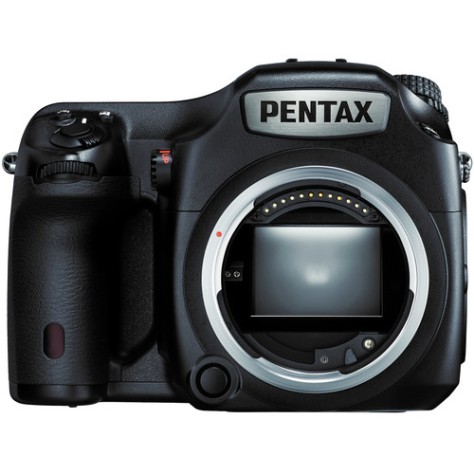
Pentax 645Z 51.4Mp 43.8 x 32.8mm sensor
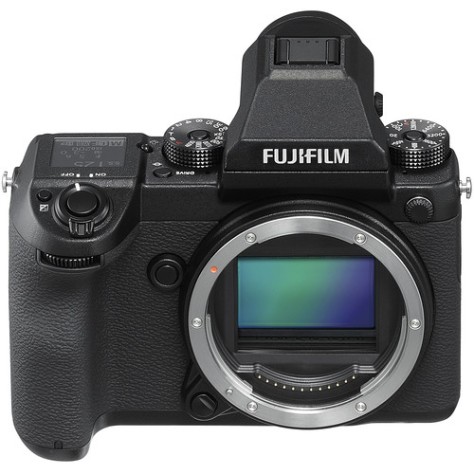
Fuji GFX 50S 51Mp 43.8mm × 32.9mm sensor
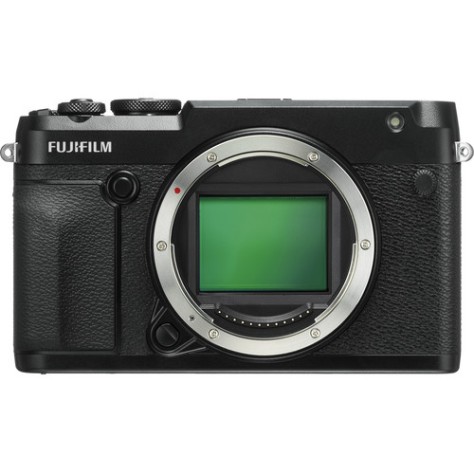
Fuji GFX 50R 51Mp 43.8mm × 32.9mm sensor (ONLY $4000.00!!)
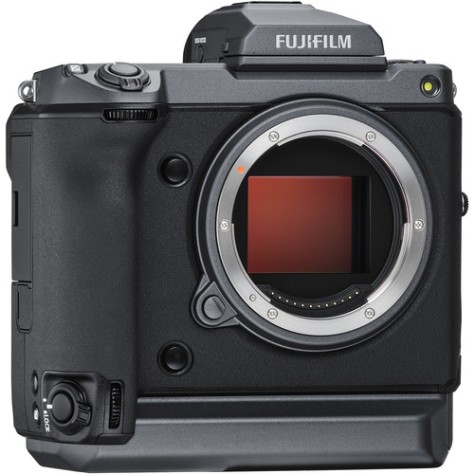
Fuji GFX 100 102Mp 43.8mm × 32.9mm sensor
Fuji is now calling this camera’s sensor “Large Format,” which goes against every convention. The Phase One and Hasselblad 100Mp cameras have larger sensors and are still called, “medium-format cameras.” Large format starts at 4×5 (inches, or 102mm x 127mm), which is twice the size of the GFX 100 sensor. Fuji’s reasoning is the GFX 100 has 4k video, image stabilization and other features that differentiate it from the competition, so marketing it differently makes sense to Fuji, but not to everyone else. Arri, Hollywood’s favorite cinema camera company, recently released their “large format sensor,” which is slightly larger than 35mm full-frame, so the cinema/ video world is changing the naming convention, especially for hybrid cameras, such as the GFX 100. The GFX 100 is an amazing camera and blows the competition away as far as features and will encourage everyone to bring medium format cameras out of the studio and into the field, also at a ¼ of the price, but I, for one, will not be calling it “large format,” until it has a minimum 100mm x 100mm sensor.
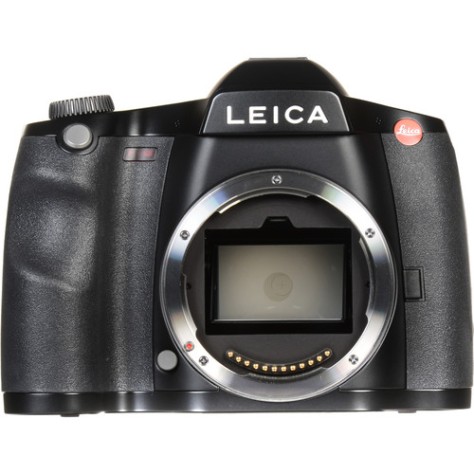
Leica S (Typ 007) 37.5Mp 30mm x 45mm sensor
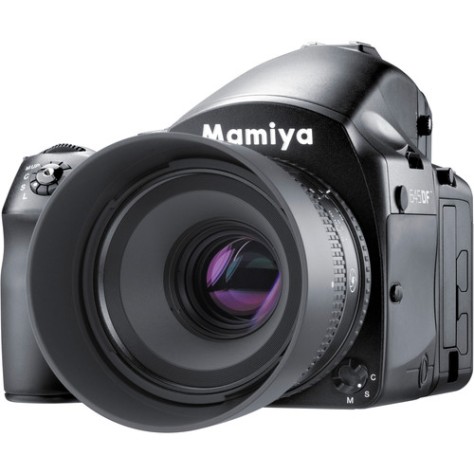
Mamiya Leaf 645DF+ with Credo Digital Back 50Mp 44mm x 33mm sensor
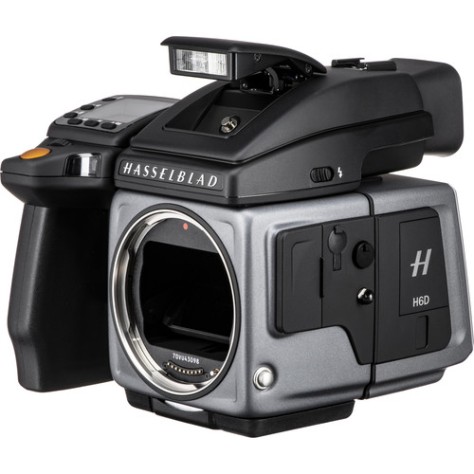
Hasselblad H6D-400c MS 100Mp 53.4mm x 40.0mm sensor
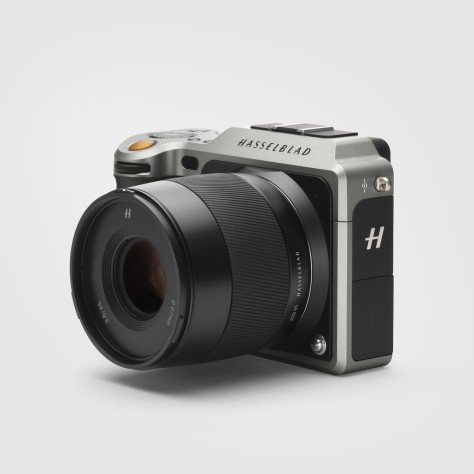
Hasselblad X1D-50c 50Mp 43.8mm x 32.9mm sensor
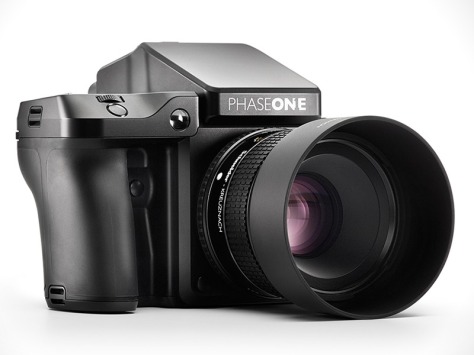
Phase One XF IQ3 100Mp 53.7mm × 40.4mm sensor
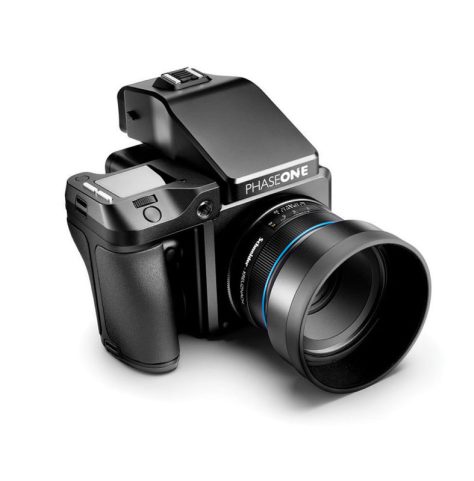
Phase One XF IQ4 150Mp 53.7mm x 40.4mm sensor
Phase One Medium Format cameras have the largest sensors, closest to traditional 645 format (min. traditional medium format size). Phase One sensors produce the most beautiful, realistic images, mostly due to their “trichromatic sensors.” Most experts agree that they are the best. The Phase One “Achromatic” interchangeable sensor is amazing as well.
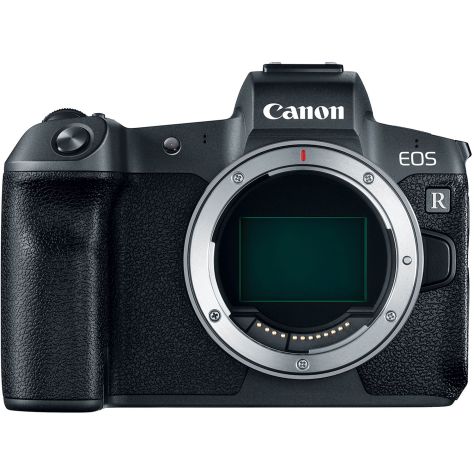
Looking to the future, both Nikon and Canon have new (2018) mirrorless cameras with “extra space” between lens mount and sensor. It is possible that both companies are planning to release Medium Format cameras in the future. Canon has hinted at this with their RF lenses, with quality up to 8k, “lenses to last the next 30 years.” The possibility of more Medium Format cameras on their way is exciting, however, the new Canon RF lens mount is 55mm in diameter and the Fuji GFX lens mount is 65mm. Is 55mm diameter enough for a Medium Format sensor? The new Fuji GFX 100 is revolutionary because it functions with the speed of a full-frame mirrorless camera, but at 100Mp Medium Format quality. The future will always be higher quality photography, and Medium Format will take us there.
Medium format traditionally means 120 or 220 film which provided the following negative sizes:
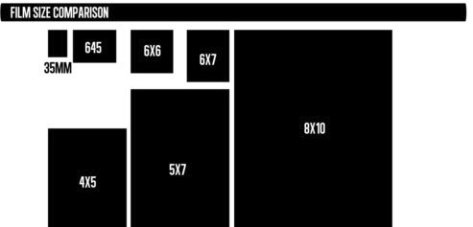
6×4.5 56mm × 41.5mm (2 ¼” x1 ⅝”)
6×6 56mm × 56mm (2 ¼” x 2 ¼”)
6×7 56mm × 67mm (2 ¼” x 2 ⅝”)
6×9 56mm × 84mm (2 ¼” x 3 ½”)
etc.
Perhaps “Digital Medium Format,” or “Micro Medium Format,” would be a more correct way of referring to anything larger than a full-frame 35mm (24mm x 36mm) sensor.
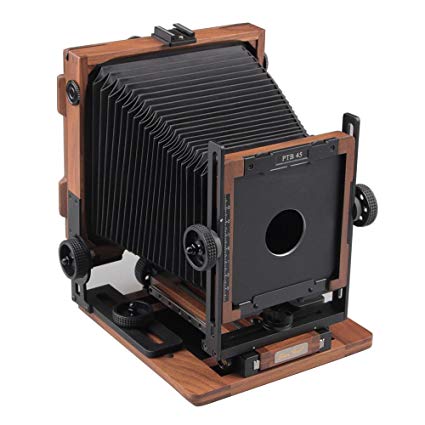
Large Format (film photography)
4×5 102mm x 127mm (4” x 5”)
8×10 203.2mm x 254mm (8” x 10”)
(the above were the most common sizes)
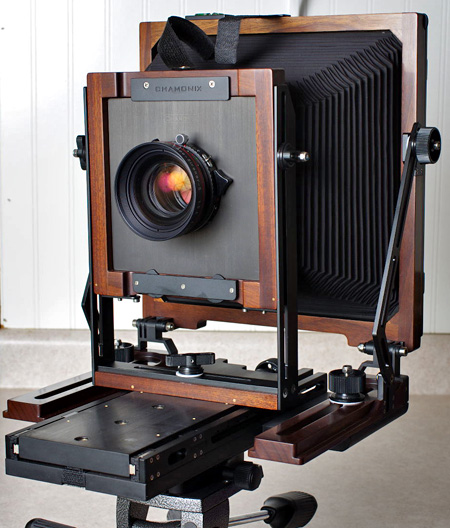
Ultra Large Format (film photography)
11×14 279.4mm x 355.6mm (11”x14”)
16×20 406.4mm x 508mm (16”x20”)
20×24 508mm x 609.6mm (20”x24”)
(images courtesy of B&H, Phase One, Hasselblad and…)

